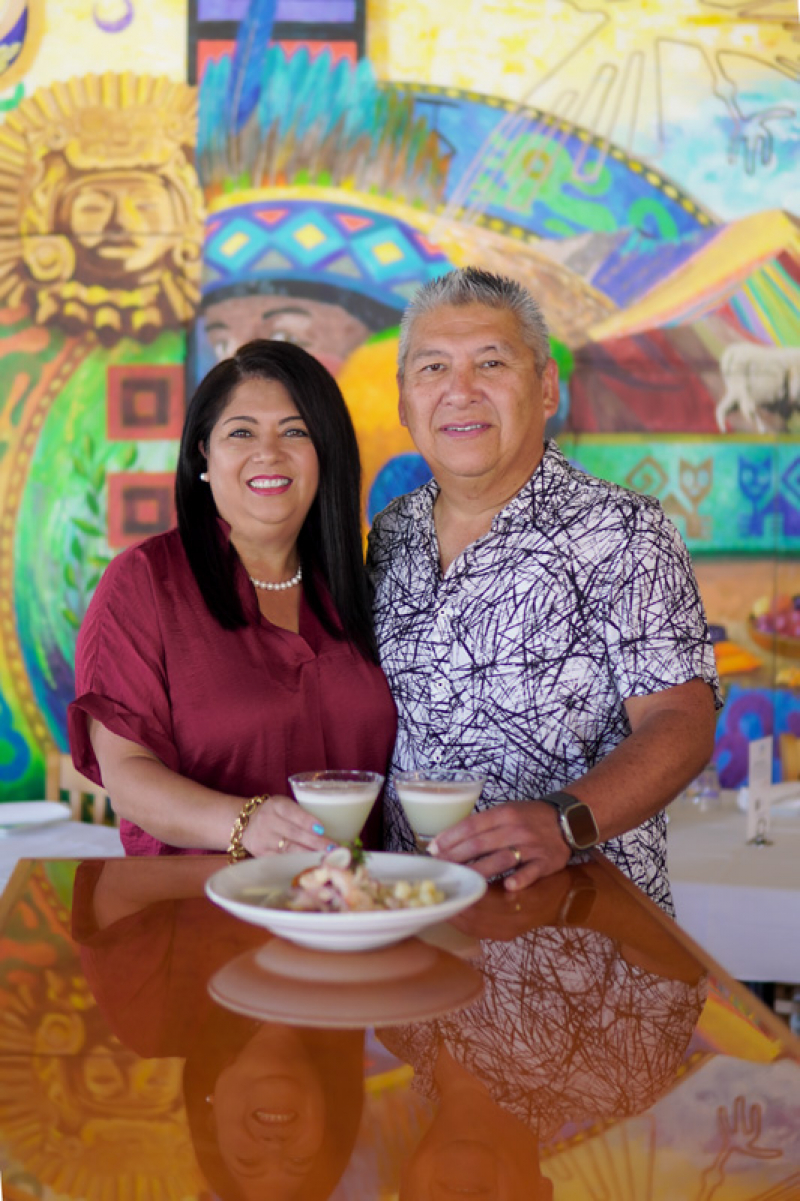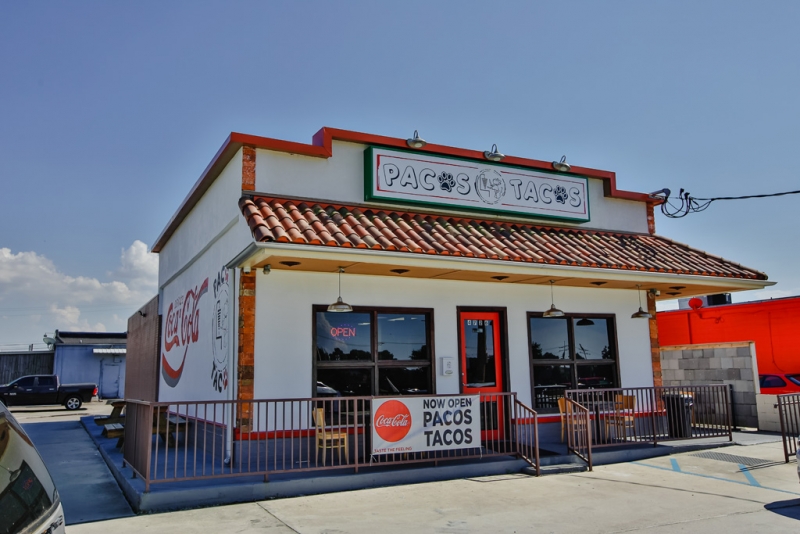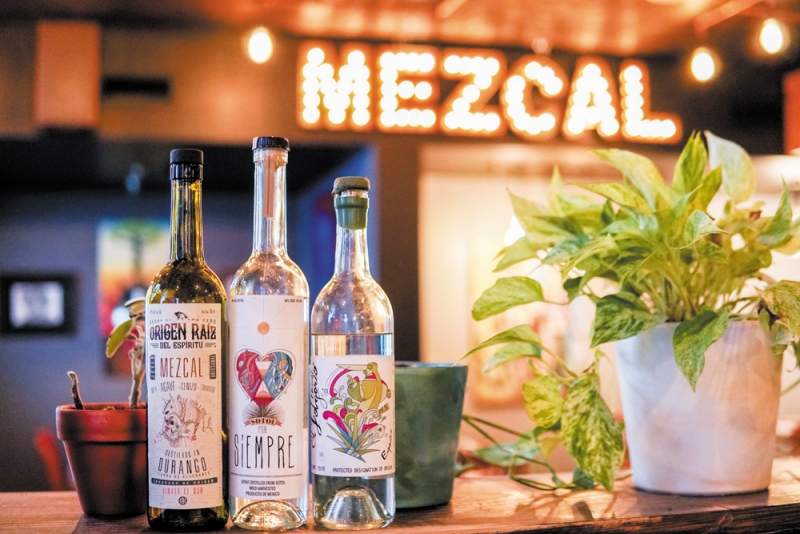- Written by Ana Garcia
- Published in Community
College-Bound Hispanics and Their Financial Stability
College-Bound Hispanics and Their Financial Stability
By AnaGarcía
@anag1928
Click aqui para español- >Hispanos rumbo a la universidad y su estabilidad financiera
There is a lack of basic financial information in the Hispanic community, which makes it even more challenging for youth in this community to achieve their goals. College-bound students are often unaware of financial aid resources and don’t know how to manage their money, so we contacted experts in our community to ofer some information to students, regardless of their immigration status. Ingrid Bustos founded ECCO Centro Comunitario, a non-profi t organization and resource center that prepares students for College. Bustos saw the need to provide resources for students that want to pursue a college or university degree.
An average community college tuition is almost $8,000 per year and a 4-year university costs around $30,000 per year. “For an immigrant family, it’s hard to afford that. So, students will rely on scholarships to attend college,” said Bustos. Obtaining scholarships isn’t easy. Students must work hard. An ACT score of 26 points or above will help the student’s chances of receiving financial aid from some private colleges. However, for immigrant students still mastering English, achieving high scores in standardized testing is harder.
Bustos mentions private universities usually have a variety of scholarships available. They offer scholarships for sports and arts, community leadership, and foundations. But in Louisiana, “most scholarships are based on high ACT scores,” says Bustos. To find opportunities, students must take charge of their search. New Orleans schools offer a 2-year program called College Track prepares them and helps them find scholarships. In other schools, students must rely on their counselors. “I always tell students to ask for help from their school counselor. Also, you can ask the university counselor when you visit the university. Then, ask what scholarships are available. They should give you a list of the scholarships they o er,” says Bustos about finding available scholarships.

Bustos founded ECCO to help Latinx students in Louisiana. With a bilingual staff, they can guide Spanish-speaking parents and students in navigating the application process. In addition, the organization offers “Camino a la Universidad,” a 12-week workshop to prepare students to apply for scholarships. “Thanks to the sponsors that support our mission, we can provide two hours with a professional to help them in the process,” says Bustos. The requirements for applying depend on the kind of scholarship pursued. “If it is an athletic scholarship, the student must submit a highlight reel of his plays. For an art scholarship, you can send photos of your art. As for academic studies, universities always consider the GPA (grade point average),” she adds.
Another challenge for students is financial literacy. Many Hispanic students don’t know how to open a bank account. Undocumented students are afraid of being flagged when getting into the system. Veronica L Reyes, Louisiana Programming Officer at TruFund Financial Services, Inc. shares valuable information on this topic. “Opening a bank account is not as scary as it seems. You don’t have to be afraid of being deported just for opening an account,” says Reyes adding that doing some research is essential. “What is important to you may be different than what is important to someone else.”
Reyes says some things to consider when choosing the right bank are the size of the bank, personal service, locations in the community or out-of-state, ATMs, etc. These are important to consider as well as the features, benefits, perks, and types of accounts offered by the bank and any monthly service fees and other fees that may apply before opening your bank account,” advises Reyes. Large chain banks usually have more branches in your city and other states, which means you’ll get the same service no matter where you go. This wide coverage can help you avoid fees for using other banks’ services (like ATM fees, etc.) Large banks also o er services like 24-hour helplines for their customers. In addition, these banks usually can assist in different languages and have the best technology. Smaller banks, also known as community banks, tend to be friendlier than big banks. They provide one-on-one attention and o er a variety of accounts and loans that help benefit the community. Community banks are locally owned and operated and usually offer better rates and lower fees. Credit unions are not-for-profit financial institutions, often with a mission to be “community-oriented” and exist to serve their members. Credit unions have made their services more accessible by offering lower fees and partnering with other credit unions to provide shared branch banking and ATMs.

To open an account, you must meet the requirements established by each institution. “First, confirm the bank or credit union’s eligibility and age requirements for opening a savings or checking account. If you are under 18, some banks may require that you open the account with a parent or guardian,” says Reyes. Choose the correct account for you. Different types of bank accounts meet different needs. For example, when someone opens their first bank account, it is either a regular checking or savings account (or both). “It’s important to deposit money into the type of account that suits your financial goals, so you have access to the right spending and saving tools,” says Reyes. Regardless of race or nationality, the youth are our future, and we will continue to provide resources and information for their success.
























